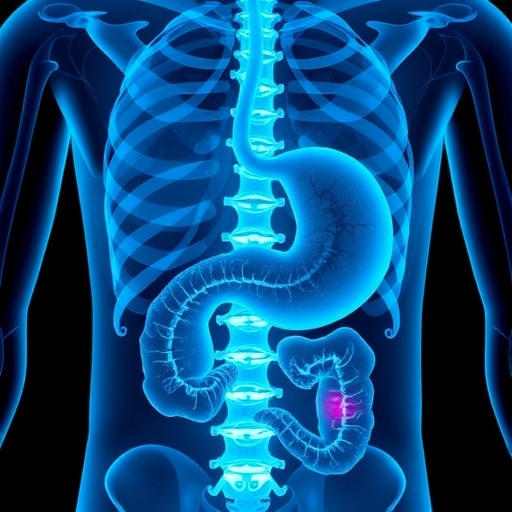Researchers in the UK have developed a new method for evaluating plutonium workers’ historical internal radiation exposure in a study funded by the National Institute for Health Research.
They focussed their efforts on workers employed at the start of plutonium operations at the Sellafield (formerly Windscale) nuclear reprocessing facility in the UK.
In a paper published today in the Journal of Radiological Protection, the researchers describe how they developed this method and the need for this research.
Tony Riddell from the Centre for Radiation, Chemical and Environmental Hazards (CRCE), Public Health England, and the lead author explained: “With little specific information being available, potential risks from plutonium exposure have largely been controlled through knowledge of radiation exposure risks in general, much of which comes from external radiation exposures.
“To obtain more direct estimates of potential internal exposure risks, epidemiological studies of plutonium workers need to be conducted. These studies require individual plutonium exposure estimates that are as accurate and unbiased as possible.
“The UK Windscale/Sellafield workforce includes one of the world’s largest cohorts of plutonium workers and, through the support of the workforce, has been the subject of previous epidemiological analyses.
“However, accurate and unbiased exposure assessments for more than 600 workers employed there at the start of plutonium operations, from 1952 to 1963, cannot be produced using the urinalysis monitoring results available for them: while these results were suitable for operational protection purposes at the time, they tend to substantially overestimate exposure and this would lead to underestimation of any risks if they were to be used in an epidemiological analysis.
“This means these early workers are excluded from epidemiological studies of exposure risks, which significantly reduces the power of these studies. Early workers are important for assessing potential exposure risks because they usually received some of the highest plutonium exposures and, due to the passage of time, health outcomes for these workers will now be largely known.”
In the paper, the researchers show how they aimed to solve this problem with an approach called a Job-Exposure Matrix (JEM).
Dr Frank De Vocht, from the University of Bristol, and the principal investigator of the study explained: “The JEM approach is a standard exposure assessment methodology for epidemiological studies of chemical and physical occupational exposures but has seen little use for the assessment of internal radiation exposures.
“It involves the estimation of the average exposure level a typical worker in a homogenous exposure group would have received in a given period, assuming the exposures of individual workers in the same group (often described by the job/occupation,) come from the same distribution.
“To overcome the problem of missing or deficient exposure data, we used more reliable data from other relevant workers (‘exposure analogues’) along with statistical, mathematical and empirical analyses to estimate the average exposures for a ‘typical worker’ at Windscale/Sellafield for all combinations of specific occupation and year required to build the JEM.
“The ‘exposure analogues’ approach developed in this study provides a generic methodological advance that is potentially transferable to other internally exposed workers, and which may permit other epidemiological cohorts to now include significant groups of workers who otherwise might have been excluded due to the lack of reliable exposure information.”
Substituting missing data with these JEM estimates allowed the researchers to build a more reliable picture of the early workers’ radiation exposure.
Dr De Vocht added: “It’s likely that replacing the missing or unreliable exposure data with JEM-derived values in future epidemiological studies could have considerable impact on the risk estimates which can be produced.”
###
Media Contact
Simon Davies
[email protected]
http://dx.




